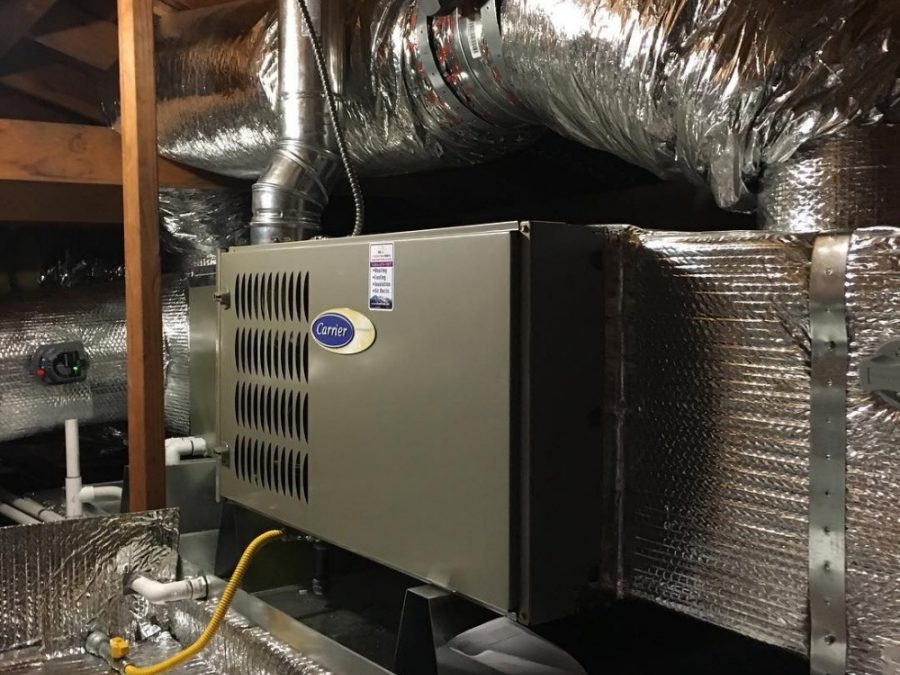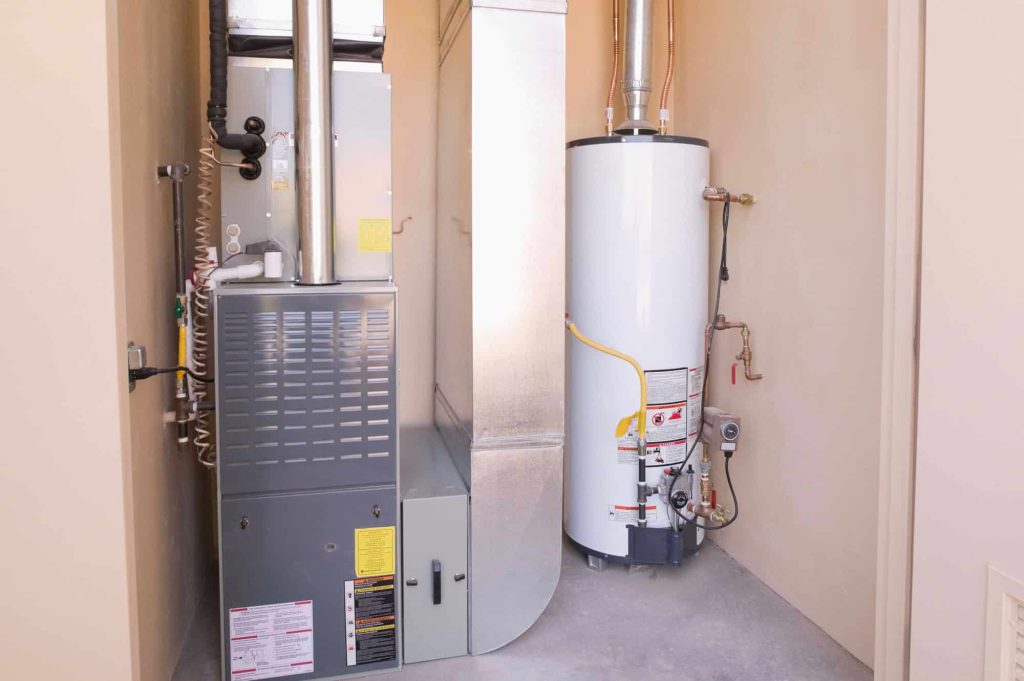As winter’s chill envelops your home, your furnace stands as a guardian against the cold, providing warmth and comfort to your family. However, when the furnace malfunctions, it can disrupt your daily routine and leave you feeling stranded in a sea of uncertainty. In this comprehensive guide, we will delve deeper into the intricacies of furnace breakdowns, exploring common causes, troubleshooting techniques, preventive measures, and the importance of professional assistance. By arming yourself with knowledge and preparedness, you can confidently tackle any furnace-related challenges that come your way.
Understanding the Anatomy of a Furnace

Before diving into the nuances of furnace breakdowns, it’s essential to familiarize yourself with the various components that comprise this integral part of your home’s HVAC system. From the thermostat that regulates temperature settings to the heat exchanger responsible for generating warm air, each element plays a crucial role in maintaining indoor comfort. Understanding how these components work together can provide valuable insights when troubleshooting issues and communicating with technicians.
The Role of the Thermostat
At the heart of your heating system lies the thermostat, acting as the command center that dictates when the furnace should activate or deactivate based on temperature settings. Modern thermostats offer advanced features such as programmable schedules and remote access, allowing homeowners to optimize energy efficiency and tailor heating preferences to their lifestyle. However, a malfunctioning thermostat can disrupt this delicate balance, leading to erratic heating patterns or complete system shutdowns.
Common Causes of Furnace Breakdowns Revisited
While some furnace breakdowns occur suddenly and without warning, many issues stem from underlying problems that develop over time. Clogged air filters restrict airflow, forcing the furnace to work harder and increasing the risk of overheating or component failure. Ignition problems, whether due to a faulty pilot light or electronic ignition system, can prevent the furnace from igniting properly, leaving you in the cold. Additionally, worn-out components, such as belts, bearings, or motors, may succumb to the rigors of continuous operation, requiring replacement to restore functionality.
Advanced Troubleshooting Techniques

In addition to the basic troubleshooting steps outlined earlier, homeowners can employ more advanced techniques to diagnose and address furnace issues. Monitoring the furnace’s performance over time can reveal patterns or anomalies that indicate underlying problems, such as fluctuating temperatures or unusual odors. Conducting a visual inspection of the furnace’s interior can also uncover signs of wear, corrosion, or damage that warrant further investigation. Furthermore, investing in smart home technology, such as Wi-Fi-enabled thermostats or remote diagnostic tools, can provide real-time insights into your furnace’s health and performance.
DIY Maintenance Tips for Homeowners
While some furnace maintenance tasks require professional expertise, there are several DIY measures that homeowners can undertake to keep their heating system running smoothly. Regularly replacing air filters, typically every one to three months, prevents dust and debris from accumulating within the furnace and obstructing airflow. Cleaning vents, registers, and ductwork removes accumulated dirt and ensures optimal air circulation throughout your home. Additionally, scheduling annual inspections and tune-ups with a qualified technician can identify potential issues early on and prolong the lifespan of your furnace.
Investing in Preventive Maintenance Plans
For homeowners seeking peace of mind and long-term reliability, preventive maintenance plans offer a convenient solution. These comprehensive service agreements typically include annual inspections, tune-ups, and priority scheduling for repairs, helping homeowners avoid unexpected breakdowns and costly repairs. Furthermore, maintenance plans often provide discounts on parts and labor, making them a cost-effective investment in the health and longevity of your furnace.

Conclusion
Experiencing a furnace breakdown can be a daunting experience, but armed with the knowledge and resources provided in this handbook, homeowners can navigate this challenge with confidence. By understanding the anatomy of their furnace, recognizing common causes of breakdowns, and implementing preventive maintenance measures, homeowners can ensure the continued functionality and efficiency of their heating system. In times of uncertainty or complexity, professional technicians stand ready to lend their expertise and restore warmth to your home. Remember, proactive maintenance and attentive care are the cornerstones of a reliable and resilient furnace system.






GIPHY App Key not set. Please check settings